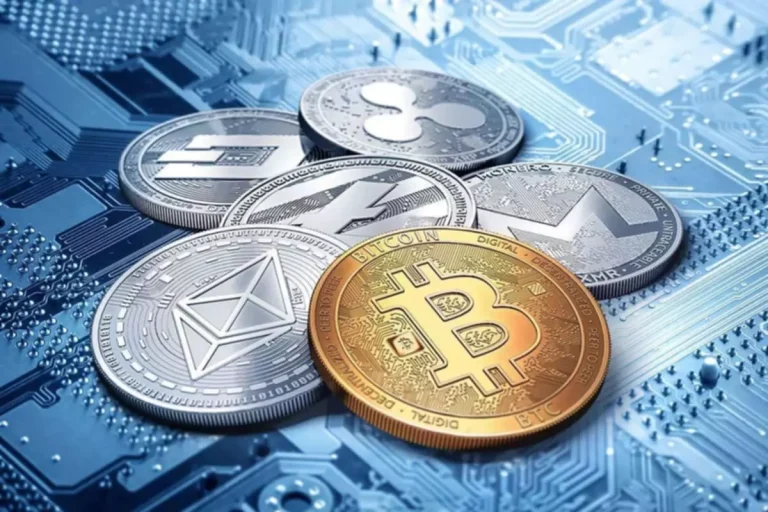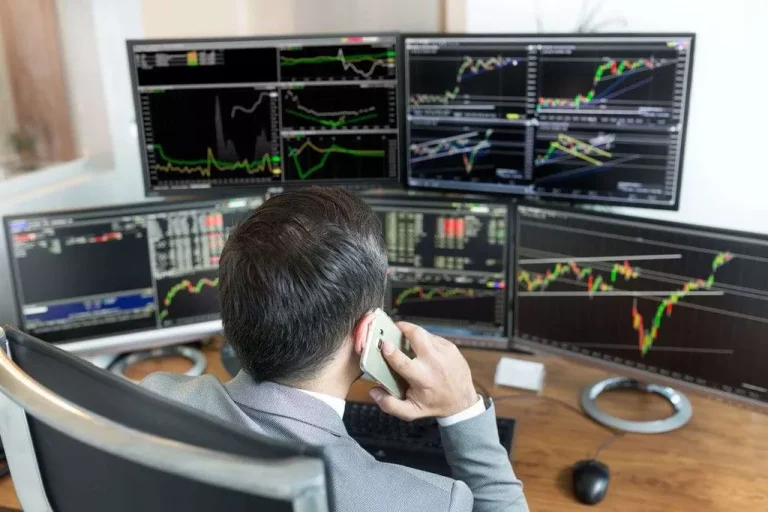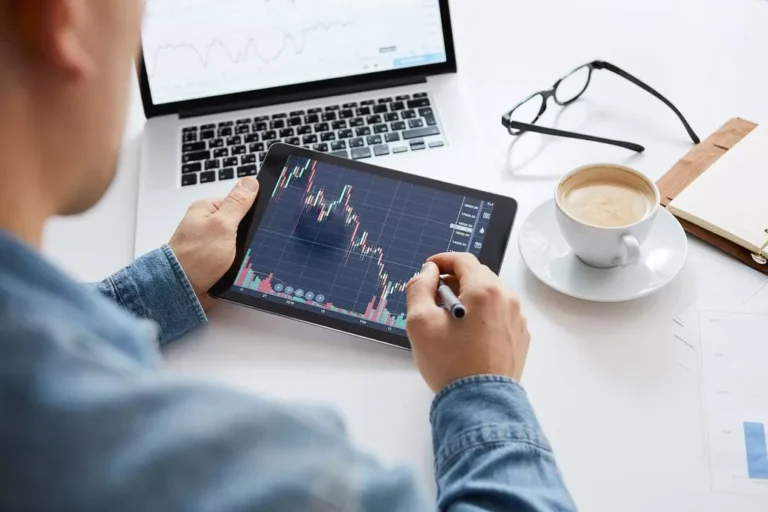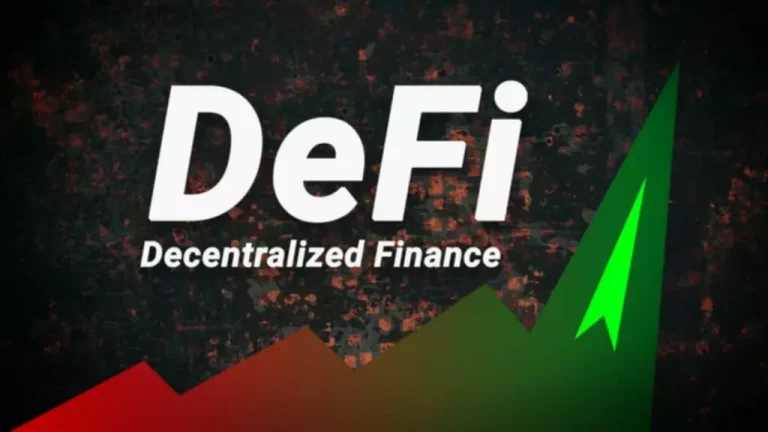Defi Explained: Automated Market Makers By Multi Io Analysis Multiio
As we already talked about, the worth of the tokens is set by the balance ratio between two tokens within the pool. If you want to discover out more in regards to the Uniswap platform, we’ve made a complete information on the method it works. In the AMM system, liquidity swimming pools and their individuals had been invented. Through oracles, DEXs can even concentrate liquidity inside these value ranges and enhance capital efficiency. This also reduces the chance of slippage, since costs are more in sync with different markets. Now that you know how liquidity swimming pools work, let’s understand the character of pricing algorithms.
This article explains what automated market makers are, how they work, and why they’re important to the DeFi ecosystem. DEXs rely on a special sort of system referred to as automated market makers (AMMs) to facilitate commerce in the absence of counterparties or intermediaries. Traditionally, market makers help find the most effective costs for merchants with the lowest bid-ask unfold on centralized order books.
In reality, LPs can end up worse off if these fluctuations are drastic and asset prices change considerably. Automated market makers (AMMs) are a sort of decentralized trade (DEX) that use algorithmic “money robots” to make it easy for particular person traders to buy and promote crypto belongings. Instead of buying and selling instantly with different folks as with a conventional order guide, users trade directly via the AMM.
Evaluating Automated Market Maker Platforms
For the unversed, the worth spread signifies the difference between what’s being asked by the seller and what is being paid by the buyer. These market makers buy low and sell high, offering property to either class of commerce individuals for a small profit. AMMs like Uniswap allow any consumer to provide liquidity to a pool of their alternative in return for a portion of trading What Is an Automated Market Maker charges collected by the pool. This represents an improvement in fairness from conventional financial markets, which solely permit high-net-worth individuals or corporations to provide liquidity on exchanges. The first model of automated market maker Uniswap entered the market in November 2019. The platform allows anyone to deploy a liquidity pool consisting solely of two pairs, one in opposition to any of ERC-20 tokens.
- This means, it is potential to customize the value of belongings to meet particular AMM necessities.
- On the opposite hand, you can find a easy answer to “How do automated market makers work?
- However, DEXs that execute transactions utilizing AMMs are successfully peer-to-contract (P2C) transactions.
- With a standard market maker of buyers and sellers, for instance Binance, trades happen immediately between parties utilizing an order guide.
- Naturally, the same may occur in reverse when a trader executes a big sell order, pushing the price down.
- In Vitalik Buterin’s unique publish calling for automated or on-chain cash markets, he emphasized that AMMs should not be the one obtainable possibility for decentralized trading.
Traditional exchanges use an order e-book to document buyer and vendor interest. The drawback of utilizing human market makers is that if a purchaser or seller doesn’t discover someone to fulfill their prices they’ve to alter their orders. Balancer pools include two or extra tokens with arbitrary weight from the entire value of the pool. Pools provide liquidity to the Balance protocol and, in return, cost merchants a fee.
How Do You Employ An Automatic Market Maker?
AMMs fill the hole available within the market as there are not any restrictions on what coins can be listed so long as liquidity may be incentivised. In order for an automatic order e-book to supply an accurate worth, it wants adequate liquidity – the volume of buy/sell order requests. If liquidity is weak then there might be big gaps within the price that users are prepared to purchase and promote at. This is called worth inefficiency or Slippage – where the price that a trade is positioned at differs from the executed worth as a result of there is inadequate liquidity to cowl the entire order.
And even then, we’d nonetheless need to agree on value before the trade could take place. The second danger of impermanent loss is for liquidity providers and is defined intimately in the earlier blog publish linked above. To put it another method, impermanent loss is the opportunity value that LPs tackle by offering liquidity as an alternative of simply holding their digital assets. By prioritizing pegged belongings, Curve is a dependable market maker for large trades, opening up particular use cases like crypto ETFs.
Automated Trading
However, huge modifications in the ratio of the token pair might suggest further considerations for liquidity suppliers. In such cases, liquidity providers can simply maintain their tokens somewhat than add funds to the liquidity pool. Furthermore, Uniswap swimming pools corresponding to ETH/DAI, which are extremely vulnerable to impermanent loss, have shown prospects of profitability with the accrued trading charges. The automated market maker method helps in determining to cost.
Both of these setups enable for market makers to have higher control of the pool in instances of high volatility. There is a custom imply method governing the price of belongings within these automated market makers. This method, it is attainable to customize the value of belongings to fulfill particular AMM necessities. These legacy market makers provided liquidity to traditional markets, taking benefit of bid-ask worth unfold.
A 12 months later, the launch of Uniswap made the CPMM model even more popular. AMMs work by replacing the normal order book mannequin with mathematical formulas and logic wrapped in sensible contracts. The supply-demand ratio of a cryptocurrency token pair determines their change rates. For example, if a token’s liquidity provide exceeds demand in the liquidity pool, it’s going to result in a fall in its costs, and vice versa.
Both merchants and liquidity providers can visit an automatic market maker protocol web site, join a DeFi-enabled wallet, and easily trade the token or asset they want to purchase or sell. Liquidity suppliers observe an analogous technique, simply choosing the amount they wish to contribute to the liquidity pool. Traditional market makers present liquidity when matching a purchaser and a seller of an asset – they primarily act because the intermediary.
For example, Bancor 3 has integrated Chainlink Automation to assist help its auto-compounding characteristic. Market makers are entities tasked with offering liquidity for a tradable asset on an change which will in any other case be illiquid. Market makers do this by shopping for and promoting assets from their own accounts with the goal of constructing a revenue, usually from the spread—the gap between the highest buy provide and lowest sell provide. Their trading activity creates liquidity, reducing the price impact of bigger trades. The greatest automated market maker platform depends on every user’s needs and portfolio, both as a trader or LP. Users ought to look at pool ratios, commerce charges and protocol yield ahead of choosing a platform.
A slippage risk in AMMs refers again to the potential change in the price of an asset between the time a trade order is submitted and when it’s really executed. Large trades relative to the pool dimension can have a major impression, inflicting the ultimate execution price to deviate from the market price from when the trade was initiated. Uniswap, Curve, and Balancer are prominent first-generation automated market makers, but they do not appear to be without their defects. Constant product market makers (CPMMs) are the first type of automated market maker (AMM), launched by Bancor in 2017.
As compared to the previously-mentioned protocols, Balancer is the newest AMM released onto the market. Uniswap was the first true decentralized AMM to enter the market in November 2019. Today, you probably can “farm for yield” — maximize income — by moving LP tokens out and in of various DeFi apps. Some of the well-known AMMs embody Uniswap, SushiSwap, PancakeSwap, and Balancer.
What Does A Vampire Attack In Crypto Mean?
Instead of relying on the traditional consumers and sellers in a financial market, AMMs maintain the DeFi ecosystem liquid 24/7 via liquidity pools. An NFT AMM works like any other AMM but specifically for the NFTs. This method, it becomes simpler for users to purchase NFTs from liquidity pools as an alternative of centralized our bodies with middlemen. NFTX is one such example of an NFT AMM, a platform aimed to make NFT trades more accessible to people.
However, DEXs that execute transactions utilizing AMMs are effectively peer-to-contract (P2C) transactions. These transactions occur without traditional order books or counterparties. However, automated market makers (AMMs) work with out intermediaries. Instead, consumers and sellers work together instantly by way of good contracts. Algorithms decide the principles for AMMs, and asset costs depend on a mathematical formulation.





